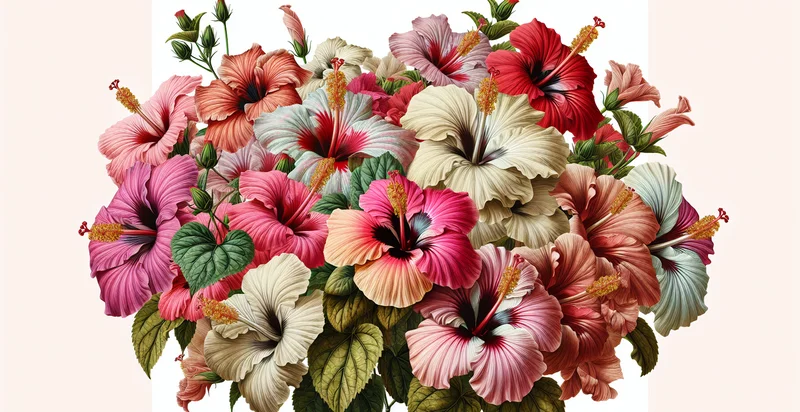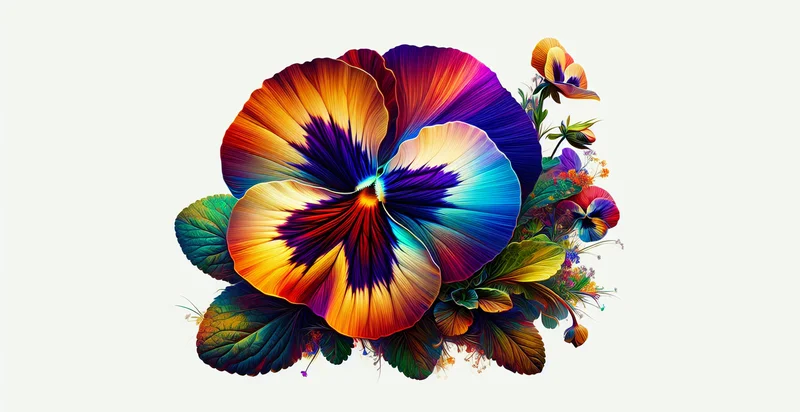Identify is this a hibiscus
using AI
Below is a free classifier to identify is this a hibiscus. Just upload your image, and our AI will predict if it's a hibiscus - in just seconds.

Contact us for API access
Or, use Nyckel to build highly-accurate custom classifiers in just minutes. No PhD required.
Get started
import nyckel
credentials = nyckel.Credentials("YOUR_CLIENT_ID", "YOUR_CLIENT_SECRET")
nyckel.invoke("is-this-a-hibiscus", "your_image_url", credentials)
fetch('https://www.nyckel.com/v1/functions/is-this-a-hibiscus/invoke', {
method: 'POST',
headers: {
'Authorization': 'Bearer ' + 'YOUR_BEARER_TOKEN',
'Content-Type': 'application/json',
},
body: JSON.stringify(
{"data": "your_image_url"}
)
})
.then(response => response.json())
.then(data => console.log(data));
curl -X POST \
-H "Content-Type: application/json" \
-H "Authorization: Bearer YOUR_BEARER_TOKEN" \
-d '{"data": "your_image_url"}' \
https://www.nyckel.com/v1/functions/is-this-a-hibiscus/invoke
How this classifier works
To start, upload your image. Our AI tool will then predict if it's a hibiscus.
This pretrained image model uses a Nyckel-created dataset and has 2 labels, including Is Hibiscus and Is Not Hibiscus.
We'll also show a confidence score (the higher the number, the more confident the AI model is around if it's a hibiscus).
Whether you're just curious or building is this a hibiscus detection into your application, we hope our classifier proves helpful.
Related Classifiers
Need to identify is this a hibiscus at scale?
Get API or Zapier access to this classifier for free. It's perfect for:
- Garden Plant Identification: Gardeners and horticulturists can use the hibiscus identifier to accurately determine if a particular plant is a hibiscus. This will help them better understand their garden's biodiversity and care for the plants accordingly.
- Online Plant Retail: E-commerce platforms that specialize in plants can integrate the hibiscus identifier into their websites or apps to assist customers in confirming their selections. This feature can enhance customer satisfaction by ensuring they receive the exact plant they’re looking for.
- Educational Tools for Botany: Educational institutions can implement this classification function in their botany programs to help students learn about different plant species. By identifying hibiscus plants, students can engage in practical learning experiences that reinforce their theoretical knowledge.
- Mobile Plant-Identification Apps: Developers can incorporate the hibiscus identifier into mobile applications that focus on plant identification. Users can take photos of unknown plants, and the app will return results, allowing nature enthusiasts to explore their surroundings more knowledgeably.
- Plant Care Guides: Nurseries and gardening websites can use the hibiscus classification to suggest care tips tailored to hibiscus plants. By determining if a plant is indeed a hibiscus, users can receive personalized advice on watering, fertilization, and pest management.
- Environmental Monitoring: Environmental scientists can leverage this identifier in research to monitor hibiscus populations in natural ecosystems. This data can contribute to conservation efforts and help track environmental changes impacting native plant species.
- Social Media Gardening Communities: Social media platforms focused on gardening can integrate the hibiscus identification feature to encourage user engagement. Members can post images of plants for identification, facilitating discussions and fostering a community driven by shared gardening interests.


